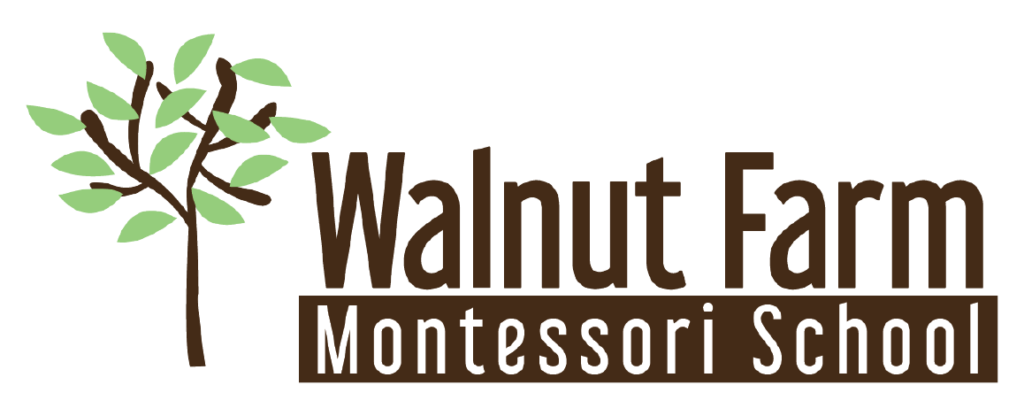Music Notes
By Lynette Goss, Curriculum Specialist and Music Teacher
Music is a great love in my life, so much so that I originally studied to be a music teacher before discovering the Montessori method. Lucky for me, I get to share both music and the Montessori method at Walnut Farm! In addition to my Curriculum Specialist duties, I have the wonderful privilege of guiding music with our afternoon working primary students and elementary students on a weekly basis. You may have attended Peace Day or Winter Solstice when the children have performed some of the songs we’ve learned in our classrooms and during music. In this article, I will expand upon this and share a brief history of the Montessori music curriculum, and some of the things we cover when the students and I have music time together.
Maria Montessori recognized the young child’s natural love for music and included lessons on ear training in her curriculum. Montessori training centers present several lessons for training the child’s ear in the sensorial work, beginning with the sound cylinders and ending with matching pitch and grading of the Montessori bells. You may be interested to know that Maria Montessori developed a very extensive music curriculum with the help of a musician named Anna Maria Maccheroni. Together, they designed the beautiful bells you see in the primary and lower elementary classrooms and the tone bars that are with our upper elementary. Their curriculum covered the names of notes, reading the staff, understanding major and minor scales, transposition, and many things I did not learn about until I entered college level work! The level of lessons goes so far that most training centers are unable to spend enough time to teach the full curriculum to non-musicians. I had the privilege of attending a seminar covering some of this work many years ago. It was a great experience for me as a musician and Montessorian; one that I continue to share with your children! I also have training in the Orff-Schulwerk method, which blends movement, singing, story, and instruments to teach music to children. It is a great compliment to the Montessori curriculum!
The primary students are in what Montessori called a sensitive period for music. They have a natural love for singing, dancing, playing instruments and listening to good quality music. To foster this sensitive period, the children and I cover several aspects of music. We work on rhythm reading and solfeggio, (do, re, mi) each time we meet. We study the major scale by singing and playing it on the bells. We talk about going up the scale and down the scale, high pitch and low pitch. We practice the note names in solfege with the bells as well. We recently had a lesson on the letter names of the bells and the whole and half steps that make up the major scale. In addition to these lessons, we play rhythm instruments and learn songs and dances. When playing the instruments, the children love to take turns being the conductor! This gives them a chance to lead. It also gives me the opportunity to share the terms presto, largo, piano, forte, etc.
In elementary, the children have left that sensitive period behind, but still have a love for music. They are capable and engaged in more complex work. They continue the study of rhythms and solfeggio, but at a more advanced level. Younger elementary students spend a lot of time with the rhythm instruments and the Orff xylophones. Older elementary students continue using the instruments and begin studying the recorder.
For all students, we introduce a new classic composer and their compositions. Each classroom has a portrait displayed of the composer and a CD of some of the composer’s great works to listen to. In music class, we talk briefly about the composer, and we practice listening and dancing activities to their compositions. Elementary children often practice analyzing some of the composers’ songs. Sometimes the children create their own dances to the different themes they hear in the music. Last semester we studied Sousa, Bach, Mozart, and Beethoven. This semester we are studying Schubert, Gershwin, Anderson, and Ellington.
A final aspect of the music work we do is songs and dances from the continent we are studying. Last semester we covered North America. We learned a song, dance, and game from the Cheyenne tribe, and other North American songs. This semester we study South America, and I have included some Central American songs as well. We look forward to sharing some of these songs and dances at our Earth Day celebration as well as the Ribbon Ceremony for our Kindergarten and Elementary students in the spring. We hope to see you there!

